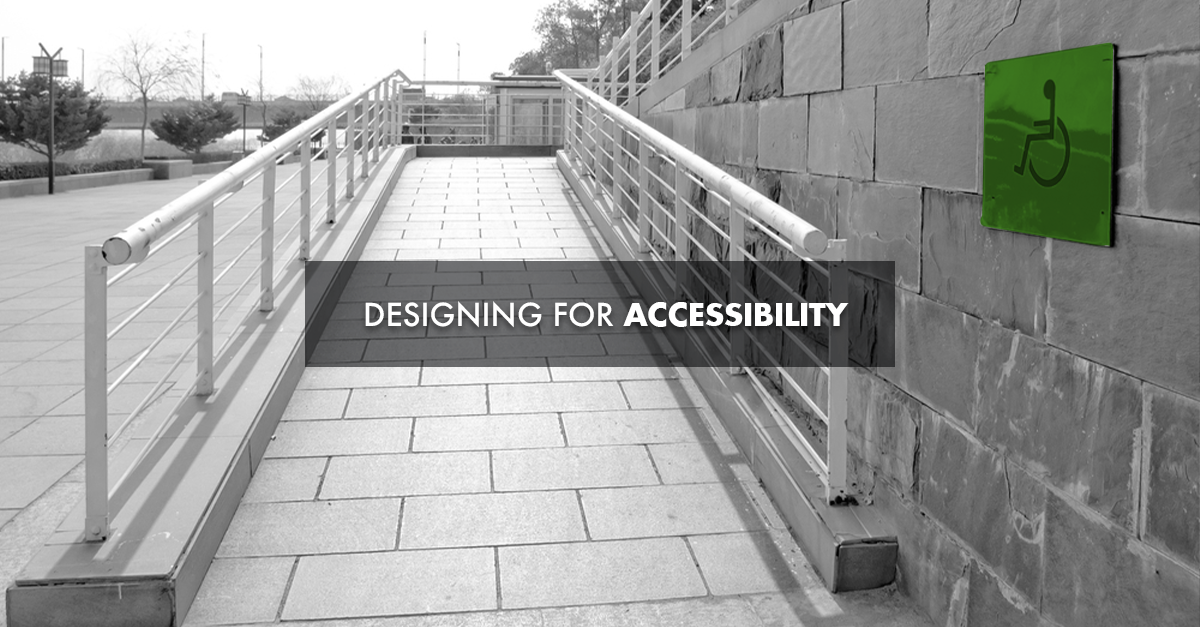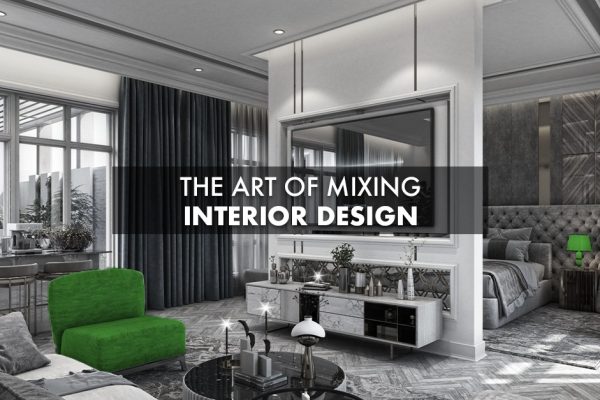Designing for accessibility
Designing for accessibility
Designing for accessibility is a crucial aspect of creating buildings and spaces that are inclusive and accommodating to people of all abilities.
Accessibility is not just a legal requirement but a moral obligation for designers and architects, as it ensures that everyone has equal access to the built environment.
An accessible environment benefits everyone, not just people with disabilities, by promoting independence, safety, and comfort.
Inaccessible spaces can be frustrating and dangerous for people with disabilities, limiting their opportunities and isolating them from society.
The principles of designing for accessibility include:
1. Universal design:
Universal design is an approach to designing buildings and spaces that are usable by people of all abilities and ages.
It involves incorporating features such as wide doorways, level thresholds, and accessible routes to ensure that everyone can use the space independently and comfortably.
2. Consideration of mobility devices:
People who use mobility devices such as wheelchairs, walkers, or crutches require adequate space and accessibility features to navigate the built environment.
Designers should consider the needs of people with mobility disabilities when planning circulation routes, entrances, and exits.
3. Visibility and contrast:
People with visual impairments require adequate lighting and color contrast to navigate the built environment safely.
Designers should ensure that there is enough lighting in all areas and that there is sufficient contrast between surfaces and objects to aid navigation.
4. Acoustics:
People with hearing impairments require good acoustics to communicate effectively in the built environment.
Designers should consider the use of sound-absorbing materials and the positioning of speakers and microphones to ensure that everyone can hear and communicate effectively.
5. Accessible technology:
Advances in technology have made it possible to create accessible devices and interfaces that can be used by people with disabilities.
Designers should incorporate accessible technology into their buildings and spaces to ensure that everyone can access information and communicate effectively.
There are many ways to incorporate accessibility into design, whether you are designing a new building or retrofitting an existing one. Some examples include:
1. Providing accessible entrances and exits with level thresholds, automatic doors, and accessible routes.
2. Ensuring that all areas are easily navigable by people with mobility devices, with wide corridors, ramps, and elevators.
3. Providing adequate lighting and color contrast to aid navigation for people with visual impairments.
4. Using sound-absorbing materials and positioning speakers and microphones appropriately for people with hearing impairments.
5. Incorporating accessible technology, such as text-to-speech and voice-activated devices,
to ensure that everyone can access information and communicate effectively.
You can follow us on Social media Facebook, instagram and Linkedin













